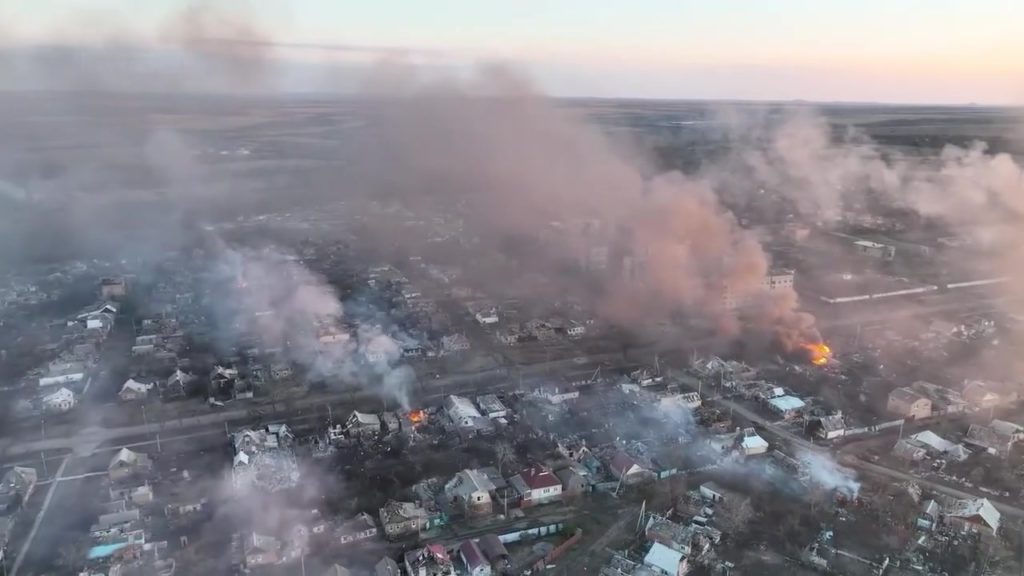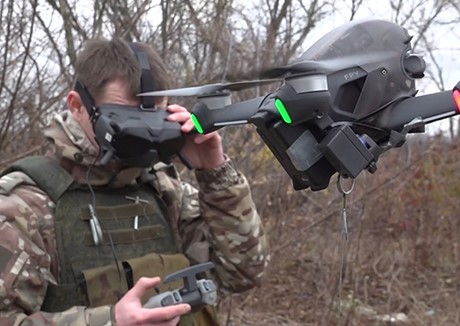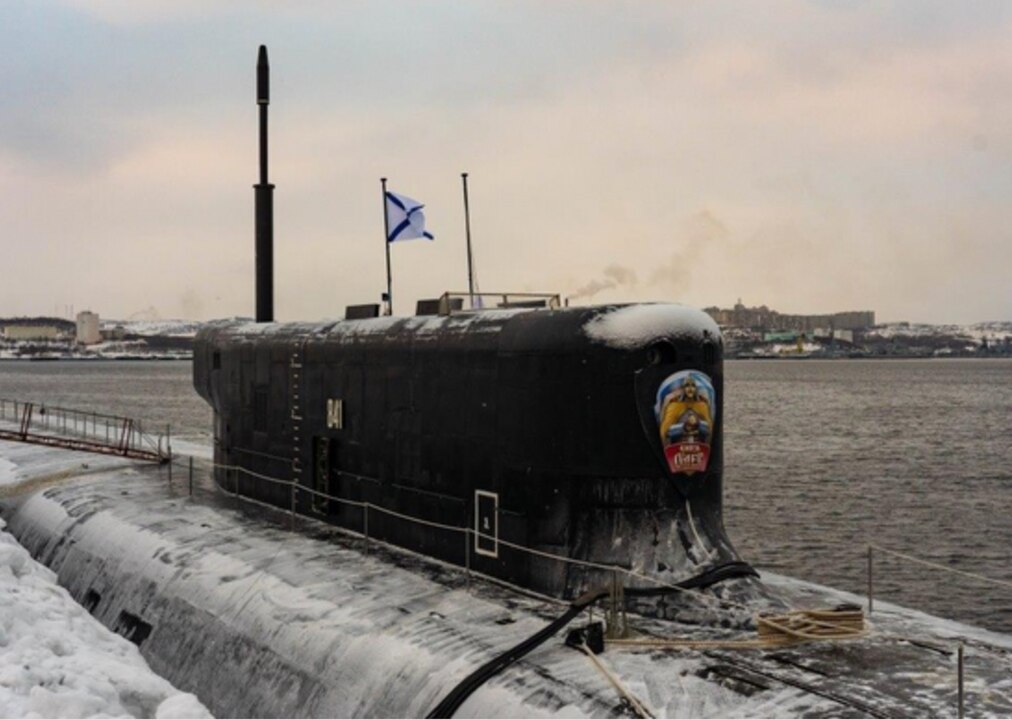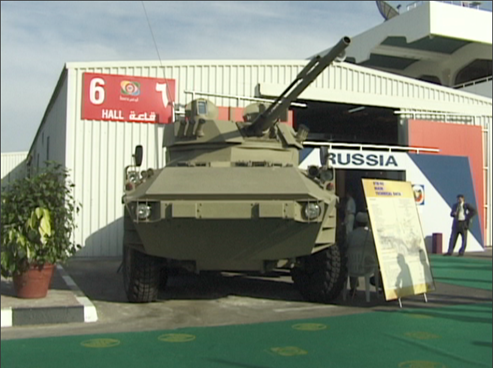
The Russian Nuclear Icebreaker Arktika, the first of its class of nuclear-powered icebreakers.
“The naming of ships in Russia has become increasingly politicized. Recently, state oil company Rosneft put its new tanker on the water. It is named the Aleksei Kosygin after the prominent Soviet Politburo representative. In Soviet history, a significant number of ships have carried Stalin’s name.”
Russia is changing the planned names of its next two icebreakers, usually named for Russian geographic regions, to reflect Russian history. Russia is renaming its next two Arktika [R1] class nuclear icebreakers after previous leaders Stalin and Lenin.[i] The next icebreaker, which was to be named Kamchatka, will now be named Stalingrad, and the following Sakhalin will become the Leningrad. According to the excerpted article from The Barents Observer, “the naming of ships in Russia has become increasingly politicized” as Moscow seeks to sustain the memory of those Soviet victories, both significant in Russian history. Both dictators, Stalin and Lenin, overmatch even Ivan the Terrible in Russia’s long history. After Stalin’s death, Soviet Premier Khrushchev led the de-Stalinization campaign and amongst other initiatives, renamed Stalingrad to Volgograd and Leningrad back to St. Petersburg. Undoubtedly the current Russian invasion of Ukraine is part of Putin’s rationale. To many Russians, the names denote sacrifice, heroism, and victory—important historical rallying points in the current context of Russian losses and determination in Ukraine.
Sources:
Atle Staalesen, “In chilly return to past, Putin names new icebreaker “Stalingrad,” The Barents Observer (independent Norwegian news site in Russian and English currently blocked in Russia), 20 November 2023. https://thebarentsobserver.com/en/arctic/2023/11/shadow-strife-and-aggression-descends-arctic-putin-names-new-icebreaker-stalingrad.
The projected nuclear-powered icebreaker was originally to be named Kamchatka. But the Kremlin now appears to have intervened and renamed the powerful ship Stalingrad. According to the government-controlled newspaper Rossiiskaya Gazeta, the name change comes after a proposal from Governor of Volgograd region Andrei Bochkarev. Putin has approved the idea and the icebreaker will carry the name Stalingrad, Bochkarev told the newspaper. “The initiative is important for the preservation of the memory of the bravery of protectors of Stalingrad during the Great Patriotic War”. The city of Volgograd was called Stalingrad until 1961. It was site of one of the most bloody and cruel battles during the whole Second World War. Up to 1.9 million people are believed to have been killed in the battles that raged between August 1942 and February 1943. It is considered a turning point in the war that ultimately led to the fall of Hitler’s Nazi regime.
The Stalingrad will be Russia’s sixth icebreaker of the Project 22220. Its construction is due to start in 2024. Russia currently has three vessels of this class in operation. The Arktika, Sibir, and Ural keep Arctic ports and shipping lanes open for shipments. The Yakutia and Chukotka are due to be ready for operations in 2024 and 2026 respectively. In addition to the renaming of the Kamchatka to Stalingrad, Putin has reportedly also approved the renaming of the Sakhalin to Leningrad.The naming of ships in Russia has become increasingly politicized. Recently, state oil company Rosneft put its new tanker on the water. It is named the Aleksei Kosygin after the prominent Soviet Politburo representative. In Soviet history, a significant number of ships have carried Stalin’s name.
Notes:
[i] For previous reporting on Russia’s nuclear icebreaker production, see: Les Grau, “Russia Cutting Back On Nuclear Icebreaker Production,” OE Watch, 04-2023, https://fmso.tradoc.army.mil/2023/russia-cutting-back-on-nuclear-icebreaker-production-2/
Image Information:
Image: The Russian Nuclear Icebreaker Arktika, the first of its class of nuclear-powered icebreakers.
Source: Abarinov, https://commons.wikimedia.org/wiki/File:Russian_Nuclear_Icebreaker_Arktika.jpg?uselang=ru – Лицензирование
Attribution: Public Domain










